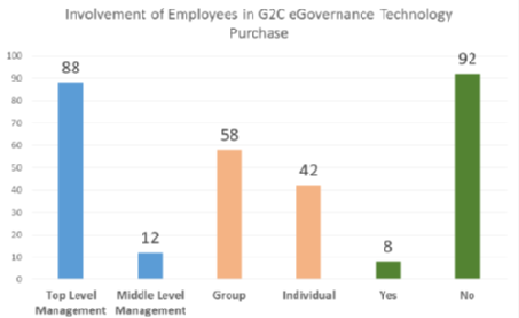


Indian Journal of Science and Technology
DOI: 10.17485/IJST/v13i34.1373
Year: 2020, Volume: 13, Issue: 34, Pages: 3515-3520
Original Article
Sumeet Gill1, Priya Vij2*
1Supervisor, Department of Mathematics, MDU, Rohtak, India
2Scholar, Department of Computer Sciences and Applications, MDU, Rohtak,Tel.: 9896727273
*Corresponding Author
Tel: 9896727273
Email: [email protected]
Received Date:18 August 2020, Accepted Date:09 September 2020, Published Date:16 September 2020
The Higher Education Institutions (HEIs) in India enhanced dependency on Information Communication Technology (ICT) based on G2C eGovernance applications persistently raised apprehension regarding cyber-attacks and breach of security. Objectives:The present study assesses the status of ambiguity and vulnerability pertaining to security aspects of HEIs G2C eGovernance web portals. Methods:Five prominent central and state HEIs i.e. Malaviya National Institute of Technology - Jaipur (MNIT), National Institute of Technology - Kurukshetra (NITK), Guru Nanak Dev University -Amritsar (GNDU), Maharshi Dayanand University – Rohtak (MDU), and Bhagat Phool Singh Mahila Vishwavidyalaya – Sonipat (BPSMV) were included in the study and Grey Box penetration testing method through open-source software’s Whois.sc, Yougetsignal.com, Kali Linux, Builtwith.com, NMAP, and Google Hacking Database (GHDB), etc. along with social engineering testing through external penetration strategy was applied to assess the ambiguity and vulnerability of HEIs. Findings:The analysis revealed that login IDs and passwords related to web portals, eResources, networks, etc. are freely available and shared without any authorization which is a major cause of security breach. The vulnerability test depicted unencrypted communication between the HEIs portals and servers and the absence of well-articulated security and privacy. Novelty: The study exhibits the lenient view of HEIs administration towards security aspects of G2C eGovernance projects and the outcome would enable the HEIs of India to develop a comprehensive security policy for enriching and securing the G2C eGovernance System.
Keywords: eGovernance; security; ambiguity; vulnerability; privacy policy; social engineering testing
© 2020 Gill & Vij.This is an open-access article distributed under the terms of the Creative Commons Attribution License, which permits unrestricted use, distribution, and reproduction in any medium, provided the original author and source are credited. Published By Indian Society for Education and Environment (iSee).
Subscribe now for latest articles and news.